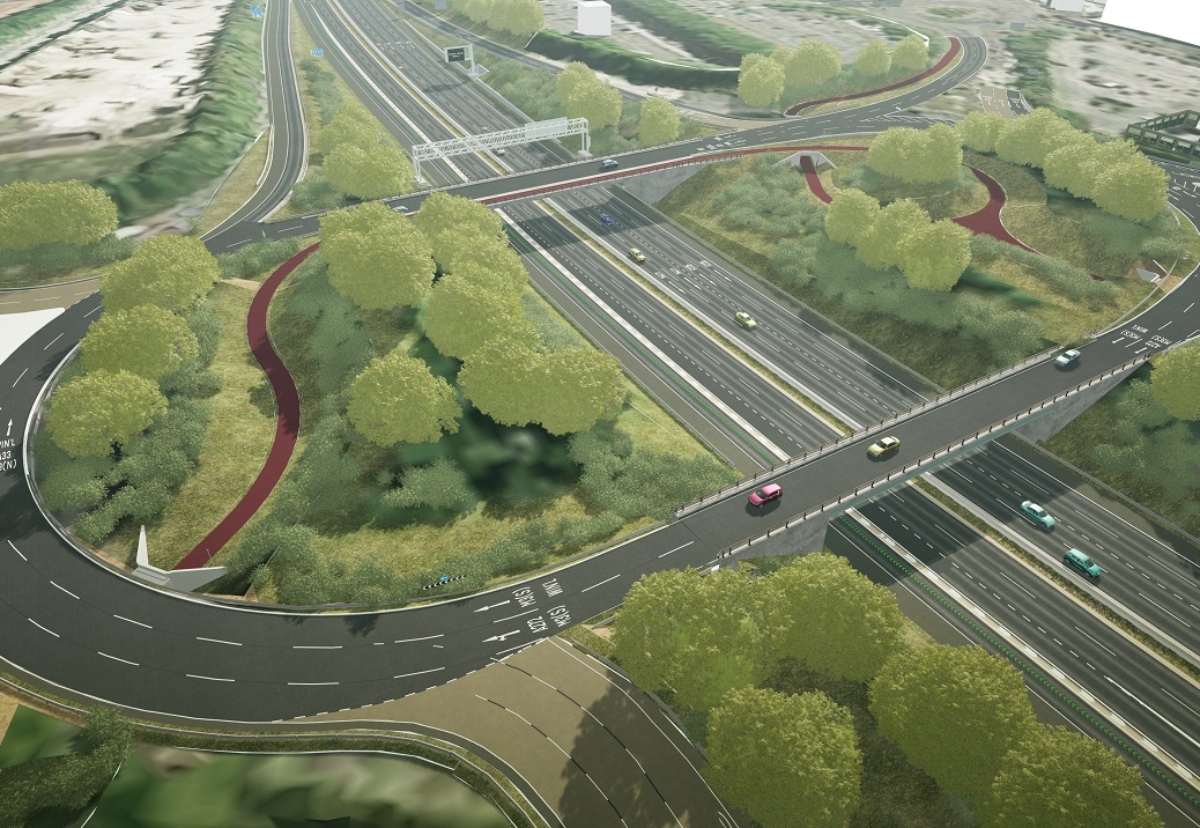Thanks for that. National Highways' website is a bit 'secretive'. But actually we can now see via that link that only £1.315 billion is being spent on 'enhancements' to the key network, with the rest of the 'capital' going on essential renewals, including bridges, etc. and the only new big ticket items (M3 Junction 9 and A47 at Thickhorn near Norwich) are junction improvements rather than 'new roads' or bypasses. Work on some other major junction schemes continues as part of multi-year programmes.
Meanwhile I have made several rural > rural car journeys in the past week through many towns and settlements that still lack bypasses, including Ashbourne, Matlock, Bakewell, Chesterfield (west <> east), Codnor and Hathersage, past schools, etc., etc..
There is no massive pot of money sloshing around that could be diverted to subsidise a gigantic network of all day/all week bus services year after year. (Furthermore my particular personal journeys wouldn't have been possible by such a network anyway.)
Fair enough, however as I pointed out the average for the period is £6bn with only £4.5bn being spent in that year, which would likely mean on average the amount is likely to be higher.
Likewise, there's 38 councils which are likely to have a highway authority, they will likely have some road building budget.
Whilst your travel may not have been possible by such a bus service, that doesn't mean that others wouldn't find it useful.
Yes most of the enhancements aren't long lengths of new roads, rather improvements to junctions, however the changes at Winchester won't make a big difference to roast capacity as often there's delays on the M3 south of there, so by making that bit of the journey smoother it's likely that the M3 will see more congestion.
Yes the overall journey times may improve for those using the A34, however for those using the M3 it's likely they'll get worse.
Often the reasons for changing junctions is that's the pinch point, however small changes in traffic flows can make a big difference in the capacity of a junction.
85% is the optimum capacity for a junction to be at before delays start to intensify. Whilst anything above 95% and the delays will need quite noticeable.
As such even small reductions in traffic can have a noticeable difference to the capacity of a junction.
For example, if there's a bus route, allowing a parent not to have to drive their kids somewhere before returning, that's two movements through a junction, depending on where they're going that could be through 3 or 4 junctions with congestion.
By removing such trips that will help more than other trips, however each trip removed is one fewer which is passing through a junction.
As I've said before, even a lightly used bus with just 8 people on its likely to reduce road use by the equivalent of a net of 3 cars.
The thing is that's nothing in the rural areas, however if you get to an urban area (where a lot of those buses will end up) and you have several buses. You could have a much more useful saving.
The buses in an urban area in the peak hours (outside the peaks congestion is less of an issue) are more likely to be carrying 24 people and be more than one service (let's say 3) going through a key junction. That's 39 fewer cars, which could easily be a 4% capacity reduction at a junction.
If that means that the junction sees it's capacity gap from 89% to 85% the amount of delays to the drivers using it will be quite significant, from 94% to 90% and the reduction in delays would be even more significant.
That could easily be a saving of 10 seconds per junction, if you've got 4 such junctions you have to go though going to and from work (full time) over the course of a year that's easily 3 hours less time in traffic (even allowing for congestion not being an issue during the school holidays).
This is why, at I've said before, if you want to drive you actually want as many other people not to drive as possible as your journeys would be better.
Even if taxes had to rise, the cost per tax payer to fund £3bn would be less £7 a month. There's a fair chance that quite a few would save a reasonable amount of that in reduced fuel costs.
For a lot of rural people, the ability to get about without the need to own a car could also save them money (the average cost of car ownership is £3,600 per year, even at half that rate, £1,800 would get you quite a lot of public transport travel).




